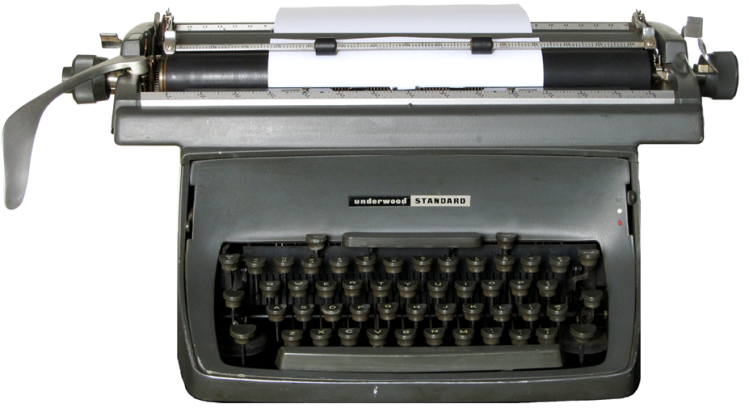 …please get a second reader. When I said it before, my concern was that you might go to all the work of writing and publishing a book, only to have poor sales and one star reviews. I’ve since discovered you can get five star reviews, even if those reviews include statements such as “there are a few typos and some discrepancies.” A book can have dozens of reviews, averaging four stars, despite “continuity problems,” the appearance of being “written in haste,” and “confusion with times, dates and names.”
…please get a second reader. When I said it before, my concern was that you might go to all the work of writing and publishing a book, only to have poor sales and one star reviews. I’ve since discovered you can get five star reviews, even if those reviews include statements such as “there are a few typos and some discrepancies.” A book can have dozens of reviews, averaging four stars, despite “continuity problems,” the appearance of being “written in haste,” and “confusion with times, dates and names.”
We have evolved to see patterns based on scant evidence, which is how we can imagine an entire car, and make assumptions about its driver, based on a few details, such as rusting clunker, red convertible, or black limousine. This by-product of survival skills makes story telling easier – descriptions can be shorter, and errors overlooked. When the writer later mentions that the limousine is white, many readers may not even notice, as they have already established the car in their minds, and ignore the contrary evidence.
Other readers may notice, but not care if the story is otherwise good. I’ve enjoyed many books that were not perfect. Lots of elements make up a story, and we can easily forgive typos and other errors if the characters are intriguing, the dialogue witty, and the plot brisk and fresh. This explains why a book with errors can still sell well, and still get good reviews.
However, some readers will notice errors, and it will take them out of the story. The tolerance for distraction from typos or continuity errors varies from one person to the next, but no one likes distraction while reading. Trying to follow the story, and trying to determine if Paul and Raul are the same character, is multi-tasking, and people are not good at multi-tasking. When errors are noted in reviews, it is going to hurt sales. People who might have never noticed or tolerated the errors may think twice about purchasing a book when errors are brought to their attention. If the first volume of a series has distracting errors, some readers will pass on future volumes.
The goal is to have as few errors as possible, to avoid losing readers and sales. Good reviews that do not mention typos and inconsistencies will help sales more than good reviews that mention typos and inconsistencies.
Our reliance on patterns, and lack of ability to multi-task, combine to make it harder for writers to find errors in their own work. Writers are too familiar with their own work, and may have difficulty separating editing tasks from writing tasks. This is why a beta-reader or editor is helpful.
When an editor reads black limousine, they don’t visualize the car in the story. Instead, they consider past and future references to the vehicle. Is it always black? Is the interior, whether luxurious or worn, described consistently? Does it make sense for the driver to have this vehicle? Editors may read the book more than once, to consider different aspects of the work.
Please get a second reader – someone who will look for errors. It won’t hurt, and it might help.